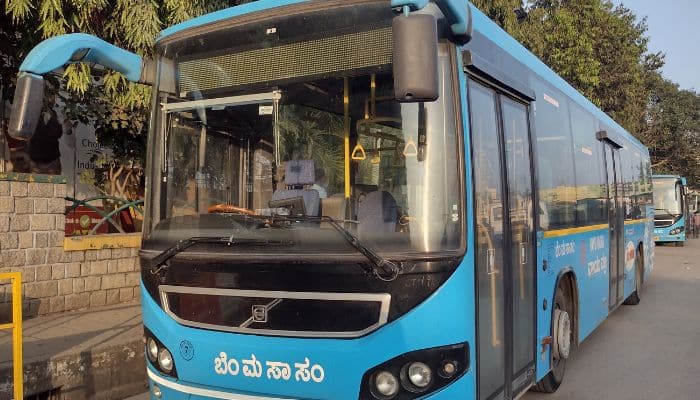PUNJAB’S unwanted fifth season — smog — is currently in full bloom. Air quality in cities like Lahore, poor throughout the year, is at its toxic worst between October and January, with AQI readings well above 500 on most days. The government’s response so far hinges on school closures and the enforcement of location-specific lockdowns .
While keeping vulnerable groups, like children, away from public spaces filled with poisonous air is understandable, it is unlikely that air quality will be much cleaner at home. Protest and despair at poor air quality is now a standard ritual during these months. Since at least 2015 , when the onset of smog became sharply apparent in October, environmentalists and other experts have deliberated on what can be done to solve the issue.
The answers are wide-ranging, and the absence of government ownership of the problem in the first few years didn’t help. Almost a decade on, we can claim some clarity on the proximate causes of the air quality crisis. We know, thanks to source apportionment studies, that transport and industrial emissions are a major source of the problem, when averaged out through the year.
On account of further work, by Cambridge- and Oxford-based scientists Abdullah Bajwa and Hassan Sheikh, we know that vehicle fleet age, two-stroke engines in motorcycles and rickshaws, along with fuel quality are significant features of the problem. We also know that crop burning in East Punjab contributes to the spike in smog level.


















